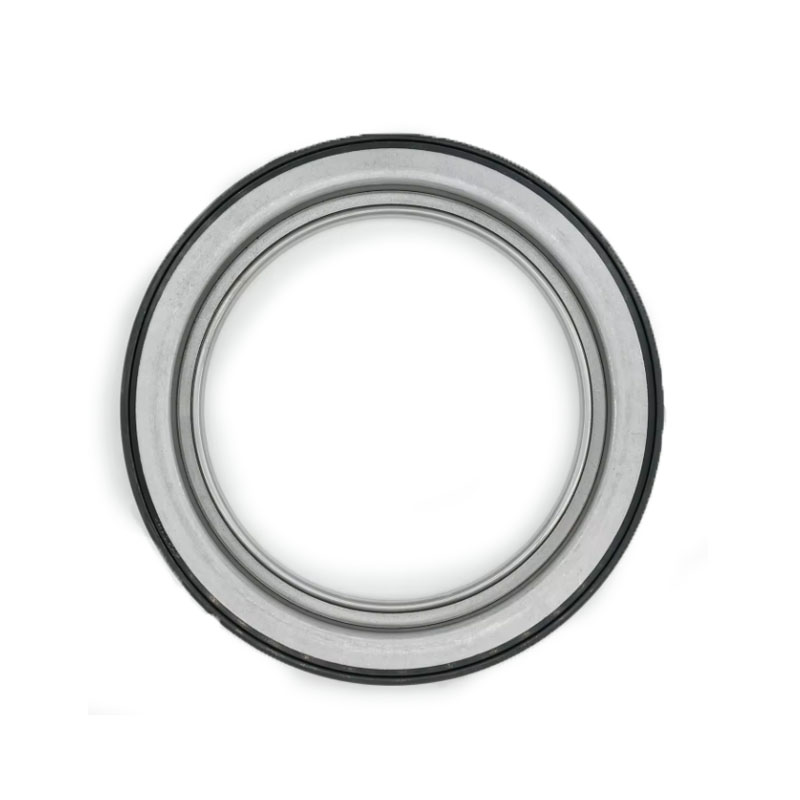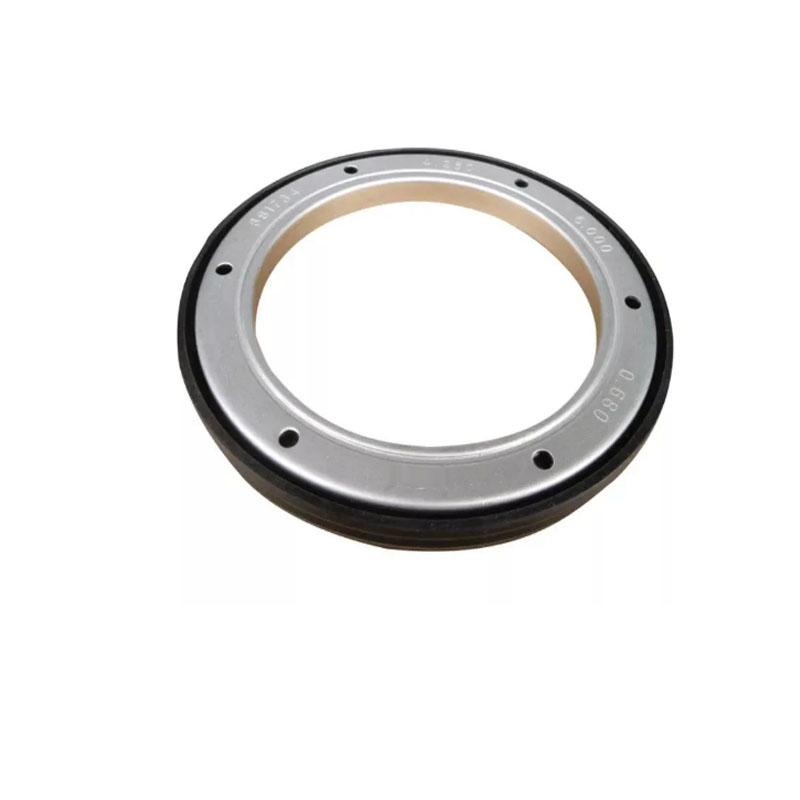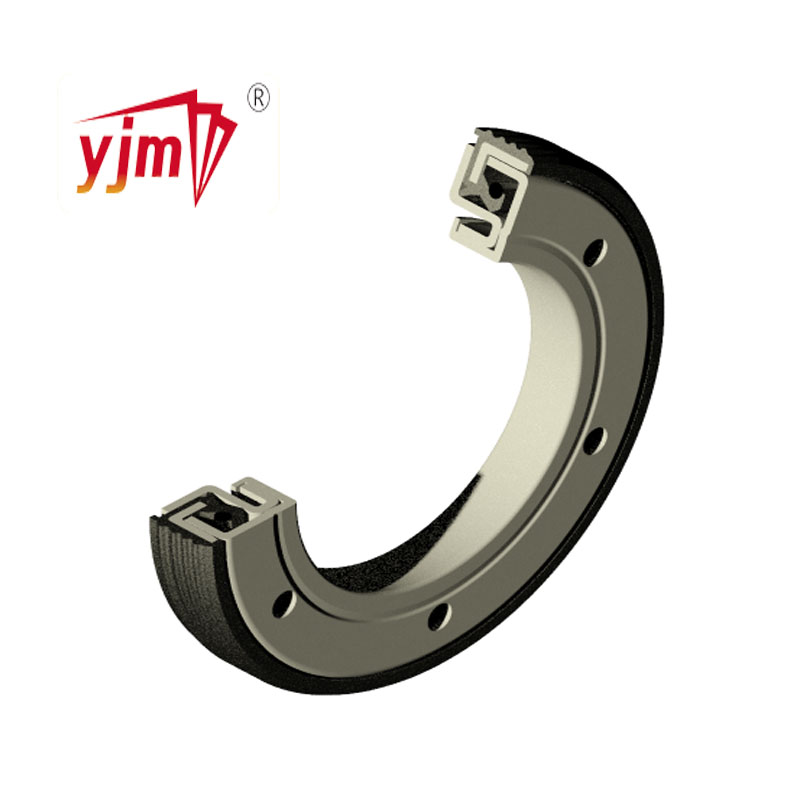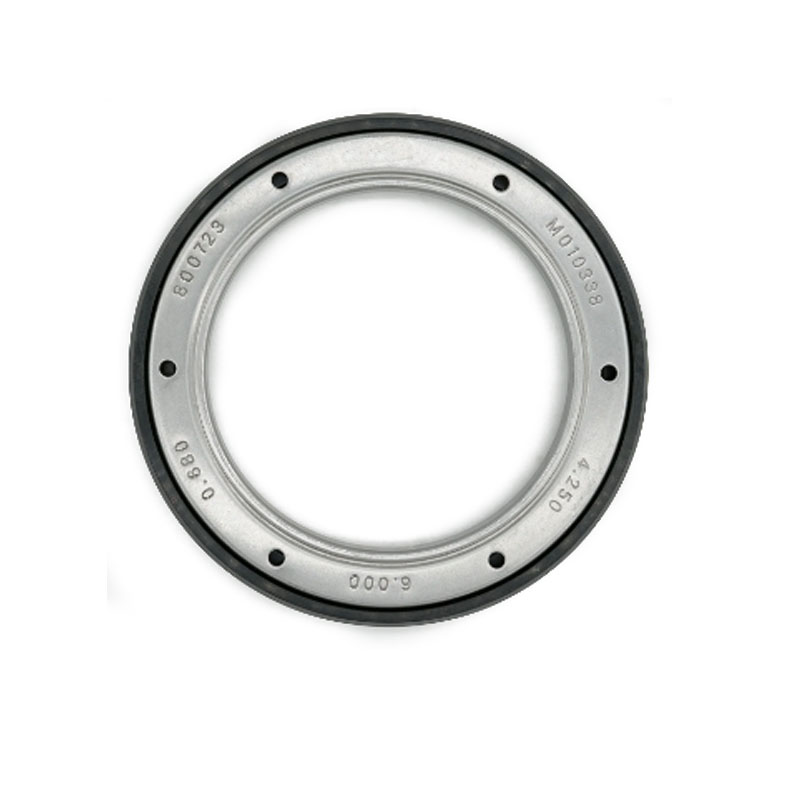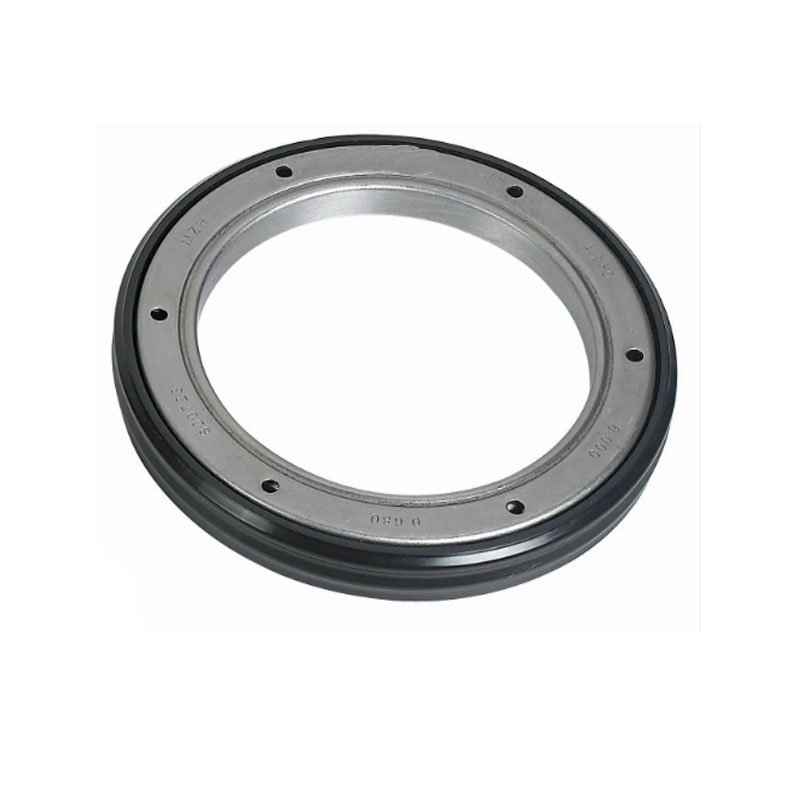
Предности
- професионална производња.
2. Доступне су различите величине и модели.
3. Позитивне повратне информације купаца из иностранства.
4. Флексибилна и погодна логистика.
5. Задовољавајућа услуга након продаје.
-

Параметар
Измене заптивки главчине точка
Натионал
Тип
Величина (инч)
370003А
АКСЛЕ
4.765-6.311-1.078
370023А
АКСЛЕ
3.875-5.690-0.875
370025А
АКСЛЕ
4.625-5.999-0.875
370031А
АКСЛЕ
4.250-6.250-1.188
370120А
АКСЛЕ
5.500-7.250-1.187
376590А
АКСЛЕ
4.250-6.000-0.680
СКФ/ЦР
Тип
Величина (инч)
46305
Сцотсеал
4.625-6.001-1.063
Цлассиц
47692
Сцотсеал
4.767-6.308-1.420
Плус КСЛ
47697
Сцотсеал
4.766-6.311-1.125
Цлассиц
СТЕМЦО
Тип
Величина (инч)
307-7043
АКСЛЕ
4.625-6.000-0.649
372-7097
АКСЛЕ
4.625-6.000-0.881
373-0143
АКСЛЕ
4.625-6.000-0.981

Такође имамо следеће моделе
АХ2854Ф, АХ6901М, АХ2492Е, АХ2261Ј, БХ6832Е, МТ041А1, МТ045А4, АХ8378Е
БХ4214Ф, АХ2853Е, АЕ1679Х, БХ4701Е, БХ6133Е, БХ4371Е, БХ2051Е, АХ3148Р
АХ1512Е, БХ5321Ф, ДГ 70-81.5-6 УВ02, АЕ2742Ф, ХУ 021 997 3947
0734 300 185 , ЦФВ1 Б1БАФ УД4 ДРВКС2 72 90 12 79,5
0179972847, ЦФВ1 85-105-13/9.5
0734 310 108, Б1ФВилУД3ДРРКС3 48-69-10/8
Б1БАФ УД4 ДРВКС2 72 90 12/9.5 , 0734 300 165 ЦФВ1
БХ5768Е, ДСС 91-105-4.5/6.2 Ф01
ДО 70 806/7 НМ01 0734 317 276
ЦФВ2 БАУД3 РКФ Кс27 52-68-8, РД073Н1,24Кс2Б-01090 АХ3148Р
1FCO50JL —0608 MK043A8 BH4592E BH3670F
АХ2492Е БХ5320Ф АХ2554Ј ХК038А1 БХ3424Ф
АХ6901М 15З365270АЕ АХ2492Е АР2774Е АХ2240Х АХ1512Е ХТ096Н1 КСХ0529Ф
АХ8846Г АХ3730Е АД2261Г БХ4746Е АГ2775Х АА8098Е 0219975947 БЗ6303Е
БХ1742Г БА5911Е ДФС100.140.15 ВТ01 Б1БАФ 004 ДРВКСЗ АА8095Е БЗ4962Е
А-1205-Л-1336, МТ035А17 ,019 997 0547, 0734317276 ,073410108 ,1101054-2 ,85-120-12 , А 013997 713997 710301 710301 09
80 142 12 36.8 СП114 153 9 Г1-2402С106-059 11010493 106925-2260
0734 319 052 ,10014015 ,017 997 2947 ,0734 310 286
К16 18 13, АХ8846Г, 0734300257, 001770428000, 0010318 ,2916113301
заптивка главчине уса 3930273 ,110-23-145-10/12 ,0734319610 (383-0136 ПАТ 6158734 САД )
03.310.98.210 ,0734 319 643 ,31Н-03080 ,601670 ,109625-2650
80 142 12 ,368 551959, 5870048120 ,5870051053 ,ТЦ1270283-24
42*60*7 Уљна заптивка/заптивка вратила АХ2492Е
2915113201 ,
3762726 , БХ4392Г , АХ2685Х , АХ2261Ј , ХПС30508.5 , БХ4127Ф , БХ2851Ф
109-137-13, БЗ4219Е / БЗ4219Ф / 8-97329-780-0 /10950.286
100*135*17, 95-118-10,95-118-10, 118*174*14*16*28 , 125 *148.3 /152.3 *8.1 /9.3, 168*188/192.5*30
72*122*11*23, 6.006"*4.625"*1.000, 108*152.4*17.3, 85Кс120Кс12, 133* 187*24 , ТЦ 135-153-9
132* 160 *10 ,38.2*49.2*8*12.1,138*160*15, 27*43*9, 91*105*4.5 /6.2, 100*140*15 , 95*109*8/11
110*105*4,100x130x12, 130*170*17, 166*184*10 , 118*174*16*28 , 125*148*18/9 , 55*64*9*24,
52*68*8, 80-142-12-33, Д22*Д62*Х25, 36*64*76, ТЦВ 26*37*7, 27*38*5,5, СЦ4П 32,7*42,7*6,5
26*45*8,5, 95*175*25/12, 30*46*8,5, ТЦ 14*28*7, 19*29*7/8, 18*30*6,4/7, 19*32*6/7 , 55*78*12How to calculate oil seal size?
Calculating the correct oil seal size is essential to ensure proper sealing, prevent leaks, and extend the service life of machinery. Oil seals, also known as shaft seals or rotary seals, are used to retain lubricants and exclude contaminants around rotating shafts. To select or calculate the correct oil seal size, you need to determine three main dimensions: shaft diameter, bore diameter, and seal width (thickness).
Shaft Diameter (ID - Inner Diameter):
This is the diameter of the rotating shaft where the oil seal will be fitted. It is also referred to as the inner diameter of the oil seal. The seal must fit snugly around the shaft to prevent lubricant from leaking and to keep contaminants out. Use a caliper or micrometer to measure the shaft diameter precisely.Bore Diameter (OD - Outer Diameter):
This is the diameter of the housing or bore into which the oil seal is pressed. It is also called the outer diameter of the oil seal. This must be measured carefully to ensure a secure and press-fit installation of the seal. Again, a caliper is recommended for accurate measurement.Seal Width (Thickness):
This is the total axial length or width of the oil seal. It is important to match the width with the available space in the housing to ensure proper fit and function. Standard widths vary, but always confirm compatibility with your equipment’s design.The typical format for oil seal dimensions is written as:
Shaft Diameter × Outer Diameter × Width
For example, an oil seal labeled 40×62×10 means it fits a 40 mm shaft, has a 62 mm outer diameter, and is 10 mm wide.Additional considerations when selecting or calculating oil seal size include the type of fluid being sealed, operating temperature, shaft speed, and environmental conditions. Material selection (like NBR, FKM, or PTFE) and lip design (single, double, or spring-loaded) are also key factors based on the application's demands.
In summary, calculating oil seal size involves accurately measuring the shaft diameter, bore diameter, and seal width. Correct sizing ensures a tight fit, effective sealing, and long-lasting performance in rotating equipment.
What is a hub oil seal?
A hub oil seal is a specialized type of oil seal used in vehicle wheel hubs, particularly in heavy-duty trucks, trailers, buses, and agricultural or construction machinery. Its primary function is to retain lubricant (usually oil or grease) within the hub assembly while keeping out contaminants such as dirt, water, and dust. By maintaining proper lubrication and preventing contamination, hub oil seals play a critical role in ensuring the smooth and safe operation of wheel-end components like bearings and axles.
The hub oil seal is typically installed between the rotating axle shaft and the stationary hub or housing. It works by creating a tight seal around the shaft while being pressed into the hub bore. Many hub seals are equipped with multiple sealing lips, including a primary lip for oil retention and secondary lips or dust lips to exclude contaminants. Some high-performance hub seals also feature built-in grease chambers, spring-loaded lips, or advanced materials like Viton or PTFE for better resistance to heat and wear.
There are different designs of hub oil seals, such as unitized seals (one-piece construction with integrated wear sleeve) and cassette-type seals, which are especially effective in high-contamination environments. These designs reduce installation errors and extend service life by protecting both the seal and the shaft from wear and tear.
Proper installation of a hub oil seal is crucial. A misaligned or damaged seal can lead to oil leaks, premature bearing failure, and even dangerous driving conditions. Technicians typically use seal drivers or installation tools to ensure the seal is pressed in evenly and without distortion.
In summary, a hub oil seal is a vital component that ensures the reliability and safety of wheel hubs by preventing oil leakage and blocking contaminants. It supports the longevity of bearings and other moving parts, reduces maintenance needs, and helps vehicles operate efficiently under various road and load conditions.
What happens if an oil seal is leaking?
If an oil seal is leaking, it can lead to a series of mechanical issues that may compromise the performance, safety, and longevity of the machinery or vehicle. Oil seals are designed to retain lubricants within a specific area—typically around rotating shafts—and to prevent contaminants like dust, dirt, and water from entering. When an oil seal fails or begins to leak, it means this protective function has been compromised.
The most immediate consequence of a leaking oil seal is loss of lubrication. Lubricants such as oil or grease are critical for reducing friction between moving parts. If oil leaks out, components like bearings, gears, or shafts may run dry, leading to overheating, accelerated wear, and ultimately, mechanical failure.
Another common issue caused by a leaking oil seal is contamination. A compromised seal allows dust, dirt, and moisture to enter the sealed system. These contaminants can damage sensitive internal components, reduce the effectiveness of the lubricant, and cause corrosion or pitting on metal surfaces.
In automotive applications, a leaking oil seal can lead to visible oil spots under the vehicle, unpleasant odors (especially if oil drips onto hot engine or exhaust parts), and even performance issues, such as slipping clutches in motorcycles or poor braking in wheel-end applications. In severe cases, it may cause complete system failure, such as a seized engine or damaged transmission.
Oil leaks also pose environmental and safety risks. Leaking oil on road surfaces can create slippery conditions, increasing the risk of accidents. In industrial settings, oil on the floor can be a slip hazard and may violate safety or environmental regulations.
In summary, a leaking oil seal should never be ignored. It can lead to lubricant loss, contamination, part damage, safety risks, and expensive repairs if not addressed quickly. Regular inspections, proper installation, and using the right type of seal for the application are key to preventing such failures.
-
Категорије производа
Related News
-
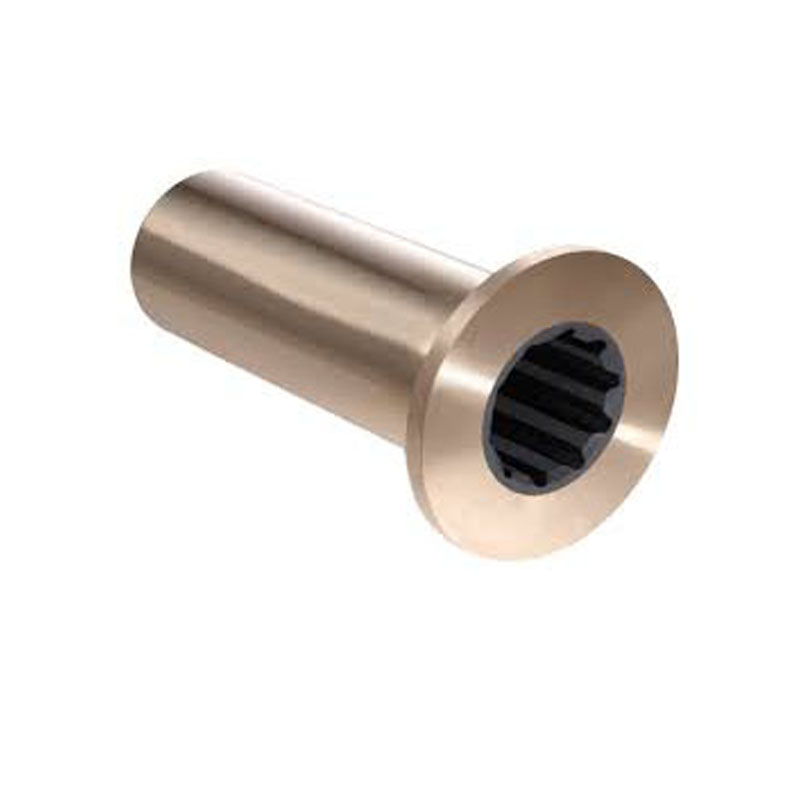 24 . Nov, 2025
24 . Nov, 2025Discover the key benefits and applications of the seal 12x20x5, a durable, cost-effective radial shaft seal used worldwide in machinery, automotive, and renewable industries.
више... -
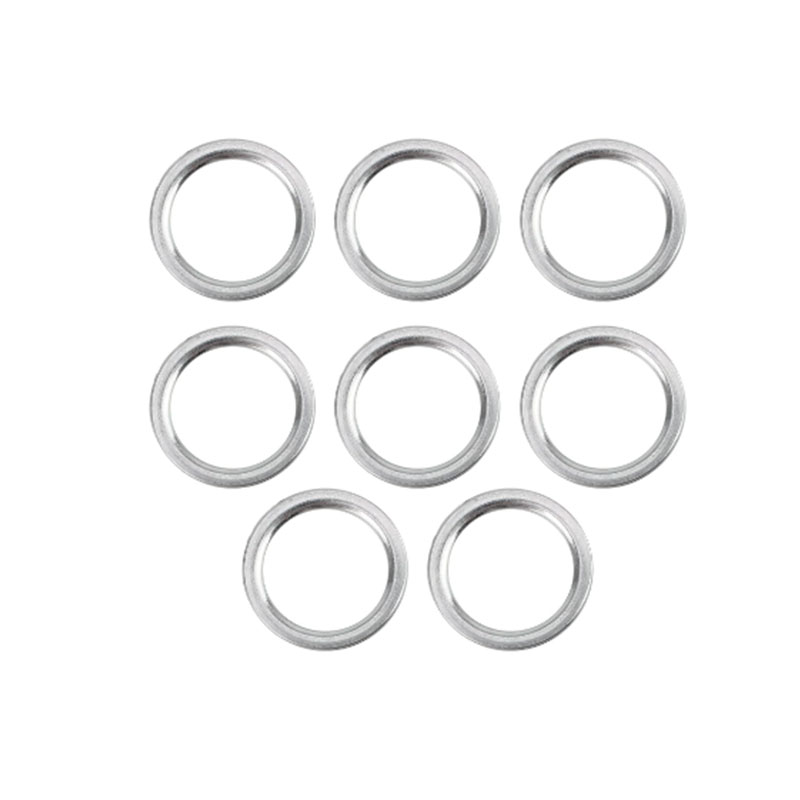 24 . Nov, 2025
24 . Nov, 2025Discover everything about seal 12x18x5 — from technical specs and global applications to vendors and FAQs. Ensure mechanical reliability with the right seal.
више... -
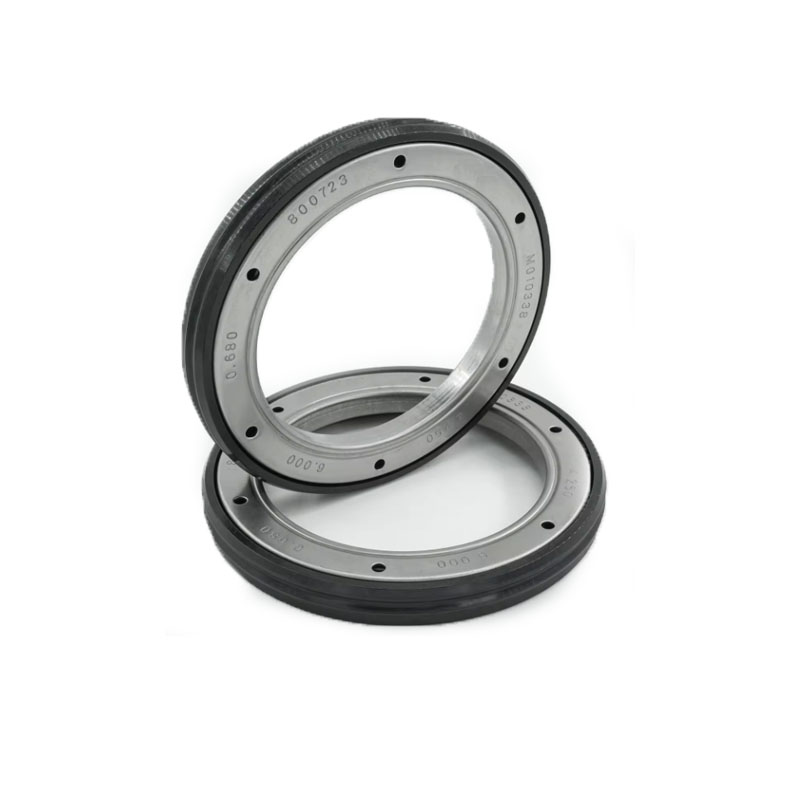 23 . Nov, 2025
23 . Nov, 2025Explore the essentials of seal 12 20 5, from definitions and specifications to global uses, benefits, and supplier comparisons. Discover why these seals are vital across industries.
више...
